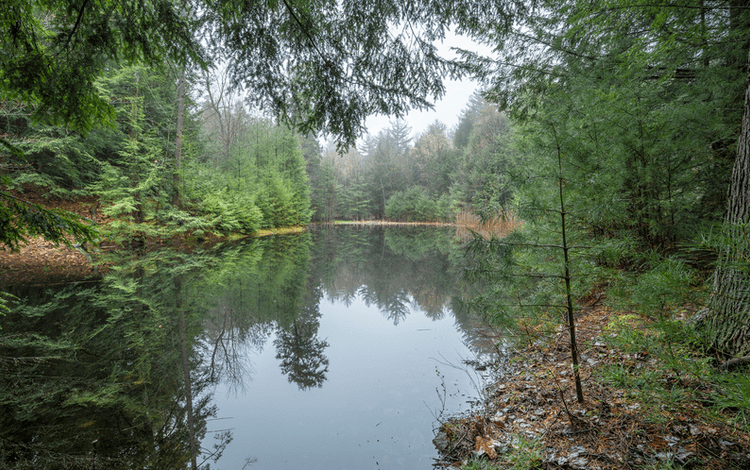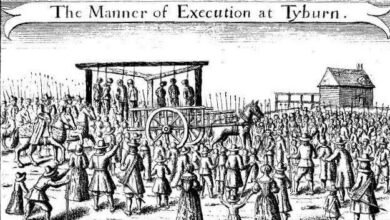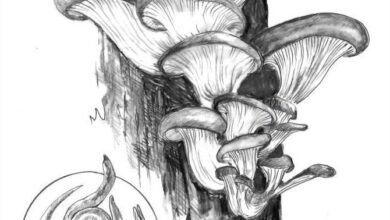Colonial Saratoga: Fur, Families, and the Borderlands


 On a bright morning early this fall (in Saratoga, we call this Victory Season), the tow path along the Hudson River near the Schuyler House stretches ahead, shaded by tall grasses and rippling quietly in the Champlain Canal’s still water.
On a bright morning early this fall (in Saratoga, we call this Victory Season), the tow path along the Hudson River near the Schuyler House stretches ahead, shaded by tall grasses and rippling quietly in the Champlain Canal’s still water.
A beaver slips beneath the surface, a reminder that natural forces and human hands have shaped this corridor for centuries. This stretch of river, now quiet and scenic, once pulsed with the commerce and conflict of colonial New York.
Long before the Battles of Saratoga in 1777, this region was a hub of trade, diplomacy, and family networks that spanned New York State’s borderlands. In the 17th and 18th centuries, the beaver was a commodity of empire. Its pelts, transformed into felt hats, fueled European fashion from Paris to London.
The Hudson River and the broader Lakes to Locks corridor — connecting Lake George, Lake Champlain, and the Richelieu River — carried legitimate trade and a thriving undercurrent of illicit exchange between Montreal and Albany.
French traders descended from Montreal to meet Albany’s Anglo-Dutch merchants, exchanging woolens for furs and navigating the complex web of colonial authority. Albany merchants, including members of the Schuyler and Wendell families, leveraged these networks, sometimes skirting regulations imposed by New York governors or French authorities in Canada.
The risk was high: a single beaver pelt could be worth twice as much in Albany as in Montreal, often paid in hard cash or English goods. Yet the profits were too compelling to ignore.
These trade networks were more than commerce. They were diplomats. Pelts, trade goods, and personal relationships were threaded through alliances with First Nations in Canada and American Indians locally.
The ebb and flow of goods carried intelligence, influence, and political weight, shaping loyalties and rivalries across the borderlands. Governor William Burnet’s efforts to police the river with forts in the 1720s, including at Saratoga, could slow trade but never entirely stop it. Merchants adapted, using canoes as pipelines and navigating rivers and forests in a system as strategic as it was profitable.
Families anchored this network. Johannes Wendell (1649–1692) and his nephew Evert Wendell (1681–1750) recorded interactions with Mohican and Mohawk traders, while Elsie Staats Wendell’s remarriage to Johannes Schuyler produced children (Philip Johannes Schuyler, proprietor of the Saratoga estate destroyed in 1745, and Johannes Jr., father of General Philip Schuyler) who would shape Saratoga’s political and economic future.
Landownership, diplomacy, and later, Revolutionary leadership flowed from these early alliances. The Schuylers’ estate, rebuilt after 1745, became a locus of local influence, linking commerce to emerging political structures.
By the mid-18th century, the same riverbanks that carried pelts and goods also carried the tensions that would erupt during the American Revolution.
These lands, layered with economic, familial, and diplomatic history, became central to the Battles of Saratoga — Freeman’s Farm, Bemus Heights, the Siege, and Burgoyne’s Surrender. The Hudson corridor transformed from a commercial artery into a strategic battlefield, where the legacies of families and frontier trade intersected with the fight for independence.
Today, visitors can sense this layered history by walking along the tow path from the Schuyler House or visiting the Champlain Canal Gateway Visitors Center.
Beavers continue their quiet work shaping waterways as families and merchants once shaped the colonial landscape. The story of Saratoga is not only about battles but about commerce, community, and the choices that defined early New York.
As the county and region continue to celebrate heritage tourism through Saratoga250 and related programs, these stories provide context and depth for visitors.
Understanding the borderlands, the fur trade, and the families who lived here adds richness to any visit, whether one tours the Schuyler House, hikes the battlefield, or traces the Hudson River’s historic tow paths.
Source link




